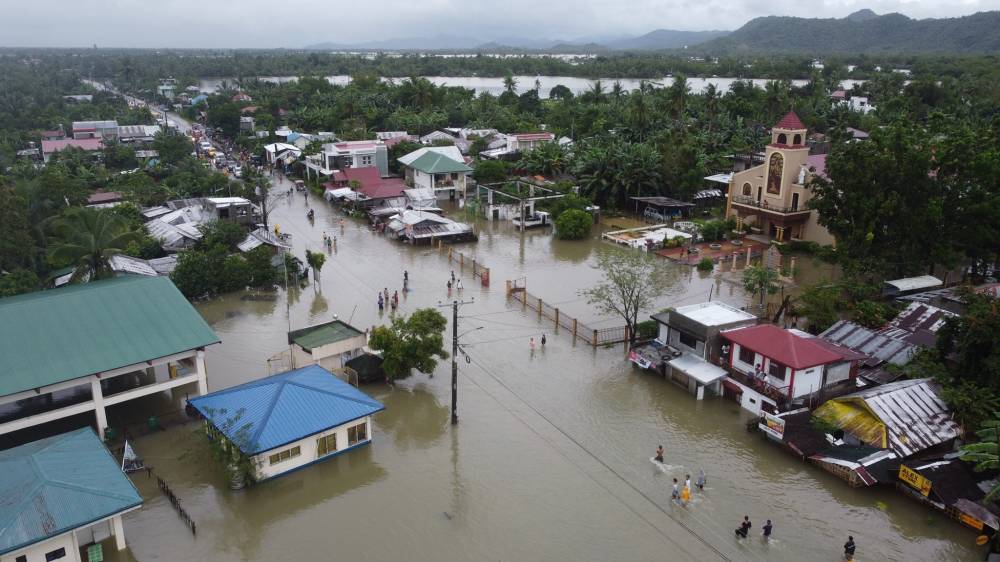Pagasa warns of flooding, landslides

The state weather bureau warned of heavy rainfall, flooding and landslides in Metro Manila and certain areas in Visayas and Mindanao due to the combined effects of a low pressure area (LPA) and the southwest monsoon.
According to weather specialist John Manalo of the Philippine Atmospheric, Geophysical and Astronomical Services Administration (Pagasa), the two weather systems currently affecting parts of the country could bring until Tuesday up to 200 millimeters of rainfall and widespread flooding in low-lying and urbanized areas.
The LPA was located 175 kilometers east of Virac, Catanduanes, at 5 p.m. on Saturday, based on Pagasa’s weather monitoring.
It is expected to cause cloudy skies with scattered rains and thunderstorms in Bicol region, Central Visayas, Eastern Visayas and the provinces of Aurora and Quezon.
The southwest monsoon, on the other hand, is seen to trigger cloudy skies with scattered rains as well, but mostly in the western part of the country.
Among the areas affected to be affected are Metro Manila, Mimaropa, Central Luzon, the whole of Mindanao, certain parts of Visayas and the provinces of Cavite, Laguna, Batangas and Rizal.
“Because of the effects of the southwest monsoon and its continued progress could interact with the low pressure area, which could intensify [winds] in the next days and contribute to a stronger and widespread rainfall,” Manalo said in the weather forecast.
Those forecast to experience 100 to 200 mm of rain are Palawan, Occidental Mindoro, Antique and Batangas, while those expected with 50 to 100 mm of rain are the provinces of Tarlac, Zambales, Bataan, Cavite, Batangas, Camarines Sur, Catanduanes, Albay, Sorsogon, Masbate, Negros Occidental and Zamboanga del Norte.
“We want to remind [the public] that just because some areas are in the rainfall advisory does not mean that they [will] experience 100-percent rainfall,” noted Manalo.
He also advised the public to not dwell on whether the LPA would also develop into a tropical cyclone, but instead consider the volume of rainfall it could bring.

















